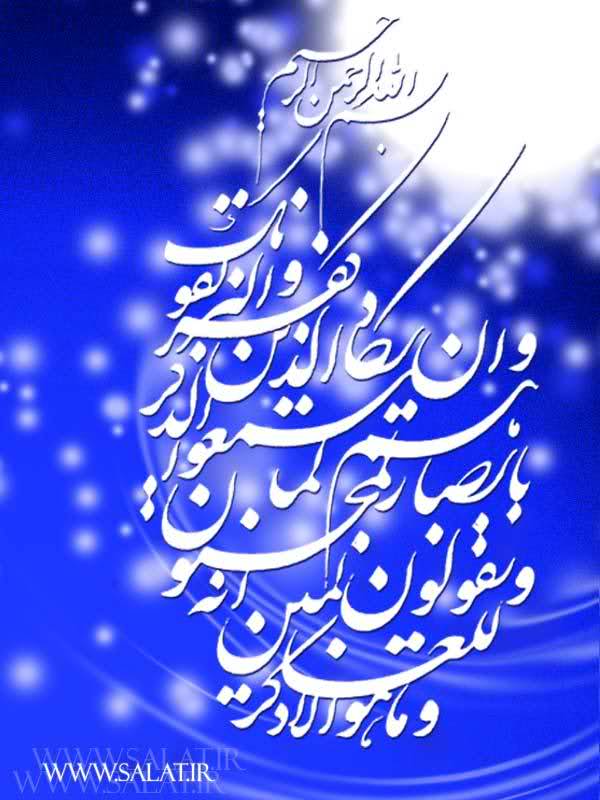



.5
Religious Pluralism
In the midst of the new work on religious traditions, there has been a steady, growing representation of non-monotheistic traditions. An early proponent of this expanded format
was Ninian Smart, who, through many publications, scholarly as well as popular, secured philosophies of Hinduism and Buddhism as components in the standard canon of English-speaking philosophy of religion.
Smart championed the thesis that there are genuine differences between religious traditions. He therefore resisted seeing some core experience as capturing the essential identity of being religious. Under Smart's tutelage, there has been considerable growth in cross-cultural philosophy of religion. Wilfred Cantwell Smith also did a great deal to improve the representation of non-Western religions and reflection.
The explanation of philosophy of religion has involved fresh translations of philosophical and religious texts from India, China, Southeast Asia, and Africa. Exceptional figures from non-Western traditions have an increased role in cross-cultural philosophy of religion and religious dialogue. The late Bimal Krishna Matilal made salient contributions to enrich Western exposure to Indian philosophy of religion. Among the mid-twentieth-century Asian philosophers, two who stand out for special note are T.R.V. Murti (1955) and S.N. Dasgupta (1922). Both brought high philosophical standards along with the essential philology to educate Western thinkers. As evidence of non-Western productivity in the Anglophone world, see Arvind Sharma 1990 and 1995. There are now extensive treatments of pantheism and student-friendly guides to diverse religious conceptions of the cosmos.
The expanded interest in religious pluralism has led to extensive reflection on the compatibility and possible synthesis of religions. John Hick is the preeminent synthesizer of religious traditions. In an important book, Hick (1974) advanced a complex picture of the afterlife involving components from diverse traditions. Over many publications and many years, Hick has moved from a broadly based theistic view of God to what Hick calls “the Real,” a noumenal sacred reality. Hick claims that different religions provide us with a glimpse or partial access to the Real. In an influential article, “The New Map of the Universe of Faiths,” Hick raised the possibility that many of the great world religions are revelatory of the Real.
Hick sees these traditions, and others as well, as different meeting points in which a person might be in relation to the same reality or the Real: “The great world faiths embody different perceptions and conceptions of, and correspondingly different responses to, the Real from within the major variant ways of being human; and that within each of them the transformation of human existence from self-centeredness to Reality-centeredness is taking place” (Ibid., 240). Hick uses Kant to develop his central thesis.
One advantage of Hick's position is that it undermines a rationale for religious conflict. If successful, this approach would offer a way to accommodate diverse communities and undermine what has been a source of grave conflict in the past.
Hick's work since the early 1980's provided an impetus for not taking what appears to be religious conflict as outright contradictions. He advanced a philosophy of religion that paid careful attention to the historical and social context. By doing so, Hick thought the apparent conflict between seeing the Real as the personal or the impersonal reality could be reconciled (see Hick 2004, 2006).
The response to Hick's proposal has been mixed. Some contend that the very concept of “the Real” is incoherent (Plantinga) or not religiously adequate. Indeed, articulating the nature of the real is no easy task. Hick writes that the Real “cannot be said to be one thing or many, person or thing, substance or process, good or bad, purposive or non-purposive. None of the concrete descriptions that apply within the realm of human experience can apply literally to the unexperienceable ground of that realm…. We cannot even speak of this as a thing or an entity” (Ibid., 246). It has been argued that Hick has secured not the equal acceptability of diverse religions but rather their unacceptability. In their classical forms, Judaism, Islam, and Christianity diverge. If, say, the Incarnation of God in Christ did not occur, isn't Christianity false? In reply, Hick has sought to interpret specific claims about the Incarnation in ways that do not commit Christians to the “literal truth” of God becoming enfleshed. The “truth” of the Incarnation has been interpreted in such terms as these: in Jesus Christ (or in the narratives about Christ) God is disclosed. Or: Jesus Christ was so united with God's will that his actions were and are the functional display of God's character. Perhaps as a result of Hick's challenge, philosophical work on the incarnation and other beliefs and practice specific to religious traditions have received renewed attention (see, for example, Taliaferro and Meister 2010). Hick has been a leading, widely appreciated force in the expansion of philosophy of religion in the late twentieth century.
In addition to the expansion of philosophy of religion to take into account a wider set of religions, the field has also seen an expansion in terms of methodology. Philosophers of religion have re-discovered medieval philosophy—the new translations and commentaries of medieval Christian, Jewish, and Islamic texts have blossomed. There is now a self-conscious, deliberate effort to combine work on the concepts in religious belief alongside a critical understanding of their social and political roots (the work of Foucault has been influential on this point), feminist philosophy of religion has been especially important in re-thinking what may be called the ethics of methodology and, as this is in some respects the most current debate in the field, it is a fitting point to end this entry by highlighting the work of Pamela Sue Anderson and others.
Anderson (1997 and 2012) seeks to question respects in which gender enters into traditional conceptions of God and in their moral and political repercussions. She also advances a concept of method which delimits justice and human flourishing. A mark of legitimation of philosophy should be the extent to which it contributes to human welfare. In a sense, this is a venerable thesis in some ancient, specifically Platonic philosophy which envisaged the goal and method of philosophy in terms of virtue and the good. Feminist philosophy today is not exclusively a critical undertaking, critiquing “patriarchy.” For a constructive, subtle treatment of religious contemplation and practice, see Coakley (2002). Another key movement that is developing has come to be called Continental Philosophy of Religion. A major advocate of this new turn is John Caputo. This movement approaches the themes of this entry (the concept of God, pluralism, religious experience, metaphysics and epistemology) in light of Heidegger, Derrida, and other continental philosophers. For a good representation of this movement, see Caputo 2001.
بستن *نام و نام خانوادگی * پست الکترونیک * متن پیام |
محمودرضا قاسمی
سایت محمودرضا قاسمی
سایت حجت الاسلام محمودرضا قاسمی
تمامی خدمات و محصولات این سایت، حسب مورد دارای مجوزهای لازم از مراجع مربوطه می باشند و فعالیت های این سایت تابع قوانین و مقررات جمهوری اسلامی ایران است.

